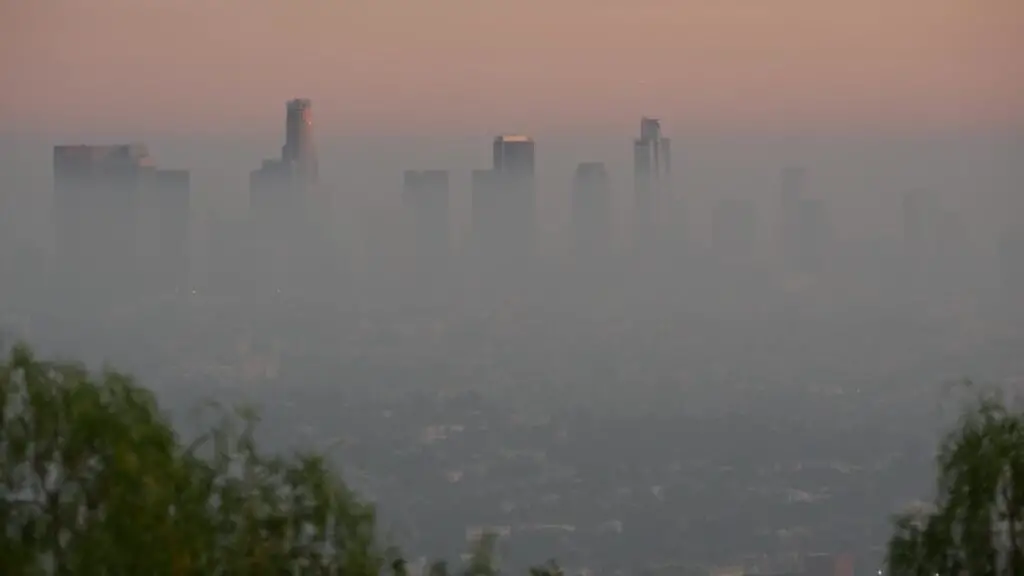Air pollution is a serious public health issue in the United States, affecting millions of people and leading to thousands of premature deaths every year. Two recent reports shed light on the current state of air pollution in the US and the steps being taken to address it.
The first, published by Axios, reports on the annual “State of the Air” report released by the American Lung Association.
- The report found that more than a third of all US residents are exposed to unhealthy air pollution levels, although this is a decrease of 17.6 million people from the previous year.
However, the report also notes that the number of people facing “daily spikes in deadly particle pollution was 63.7 million, the most ever reported under the current national standard.”
- The report highlights the disproportionate impact of air pollution on people of color, who account for 54% of the nearly 120 million Americans living in counties with unhealthy air pollution levels.
- The study found that Californian cities were among the most polluted metropolitan areas in the US, with Los Angeles-Long Beach, California, having the worst ozone pollution in the US.
The second article, reports on the state of fine particle pollution in the US. Fine particles, generated from fossil fuel-burning and other sources, can enter our bodies when we breathe, making their way to the lungs or bloodstream and causing myriad health problems.
They are linked to nearly 11,000 excess deaths across the US annually. While air quality generally improved nationwide during the height of the COVID-19 pandemic due to reduced driving, air quality has worsened as people’s behaviors and activities have returned to normal.
Fine particle pollution increased notably between 2015 and 2021 in Western states such as California, Oregon, and Washington, where extended periods of extreme drought have created prime conditions for wildfires, and thus increased pollution from smoke.

To address these issues, the Environmental Protection Agency (EPA) is proposing to tighten the standard for fine particle pollution.
- The current standard is 12 micrograms per cubic meter, and the EPA is proposing to lower it to “a level between 9 and 10.”
- The agency’s proposal would prevent up to 4,200 premature deaths per year and 270,000 lost workdays per year and result in as much as $43 billion in net health benefits in 2032.
However, public health advocacy groups argue that the standard should be even lower than the EPA’s proposed range, while industry groups argue that lowering the standard would be overly burdensome.
It looks as if air pollution will remain a significant public health challenge in the US, particularly for communities of color and low-income Americans. While progress has been made in reducing fine particle pollution, much work remains to be done, particularly in areas impacted by wildfires and extreme weather events.
The EPA’s proposed tightening of the fine particle pollution standard is a step in the right direction, but it is likely to be a subject of debate and controversy in the coming months.
Read more from the “State of the Air” report here.

